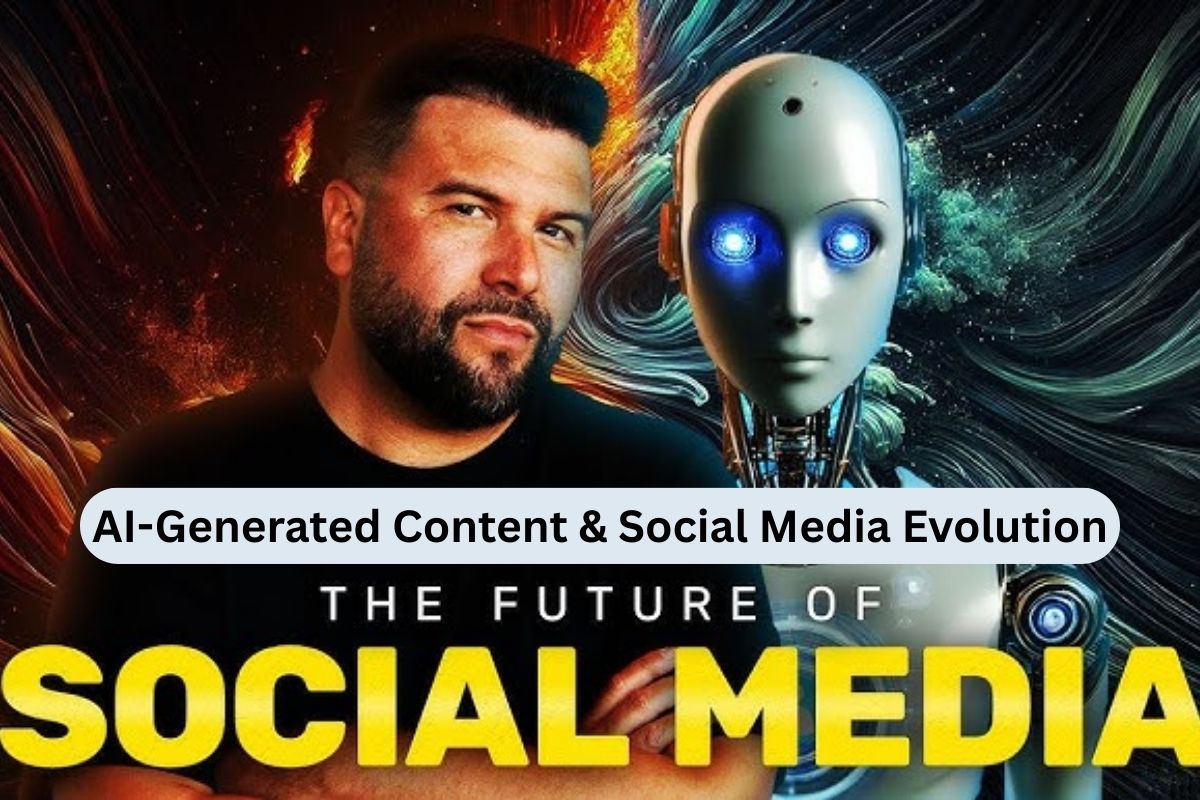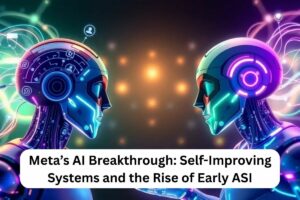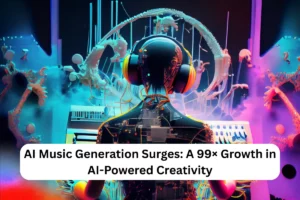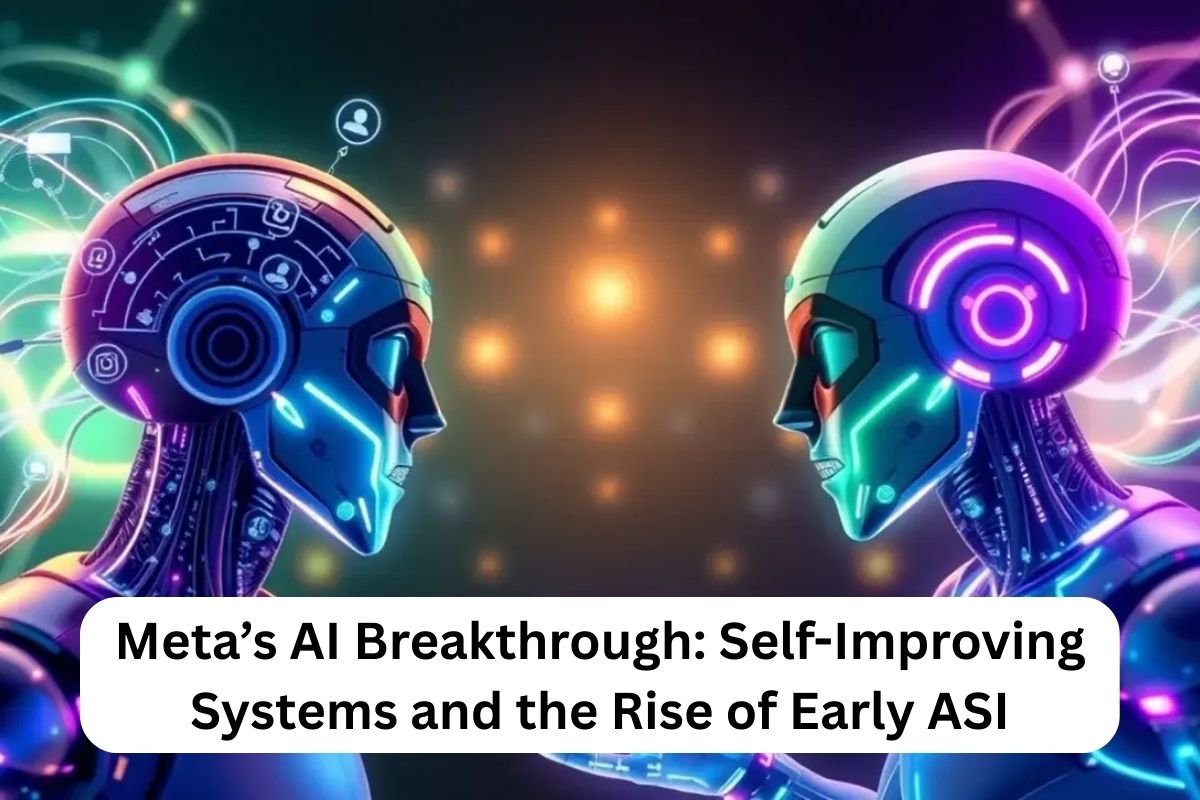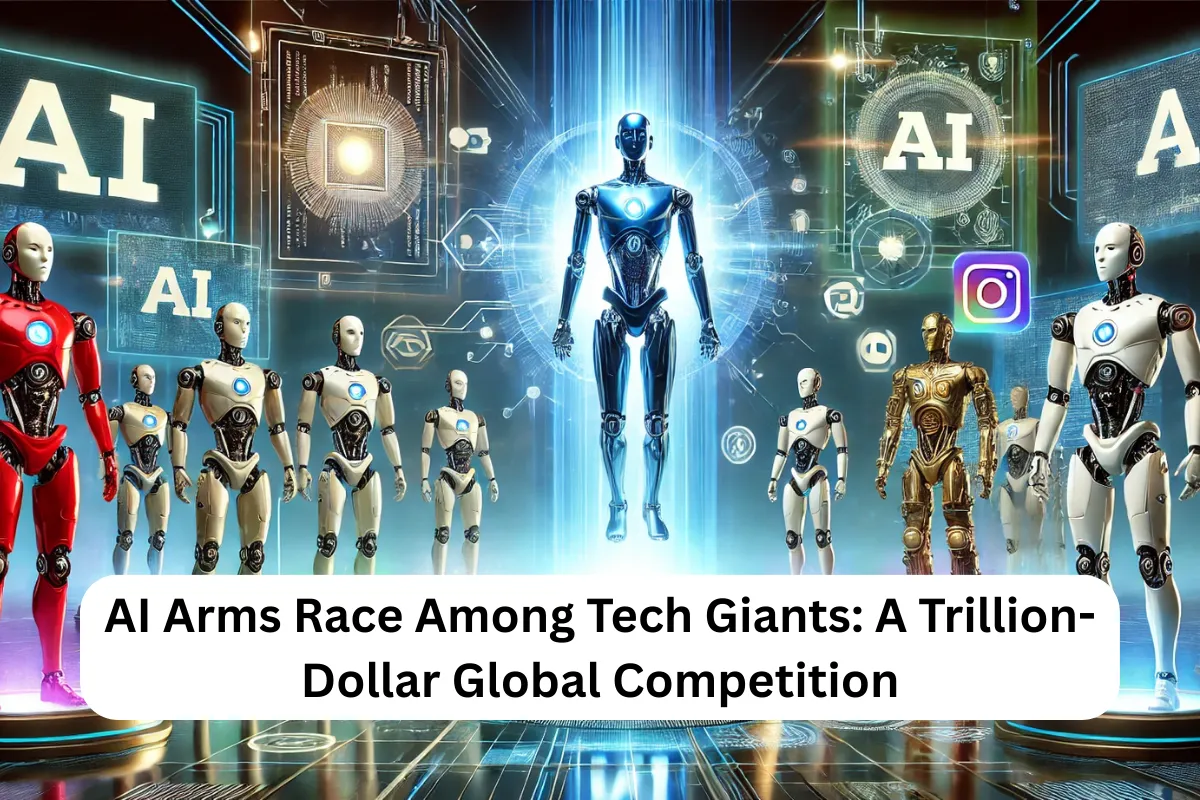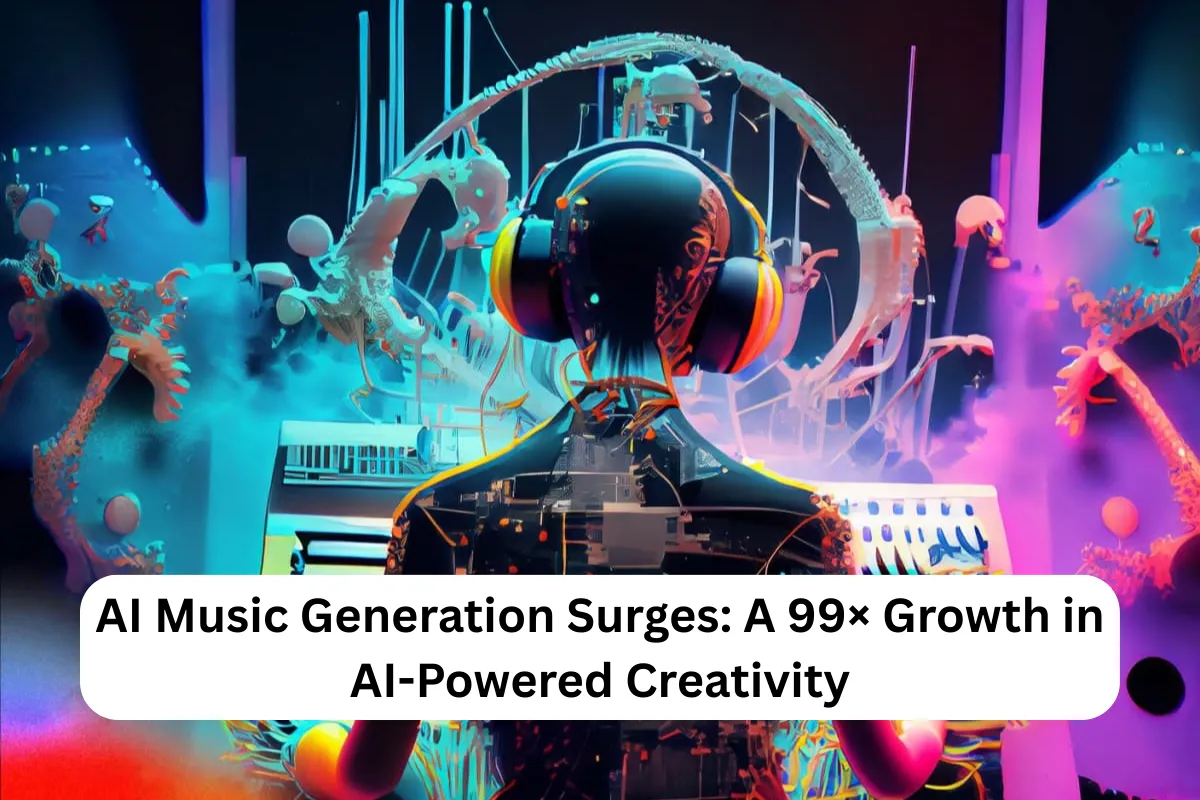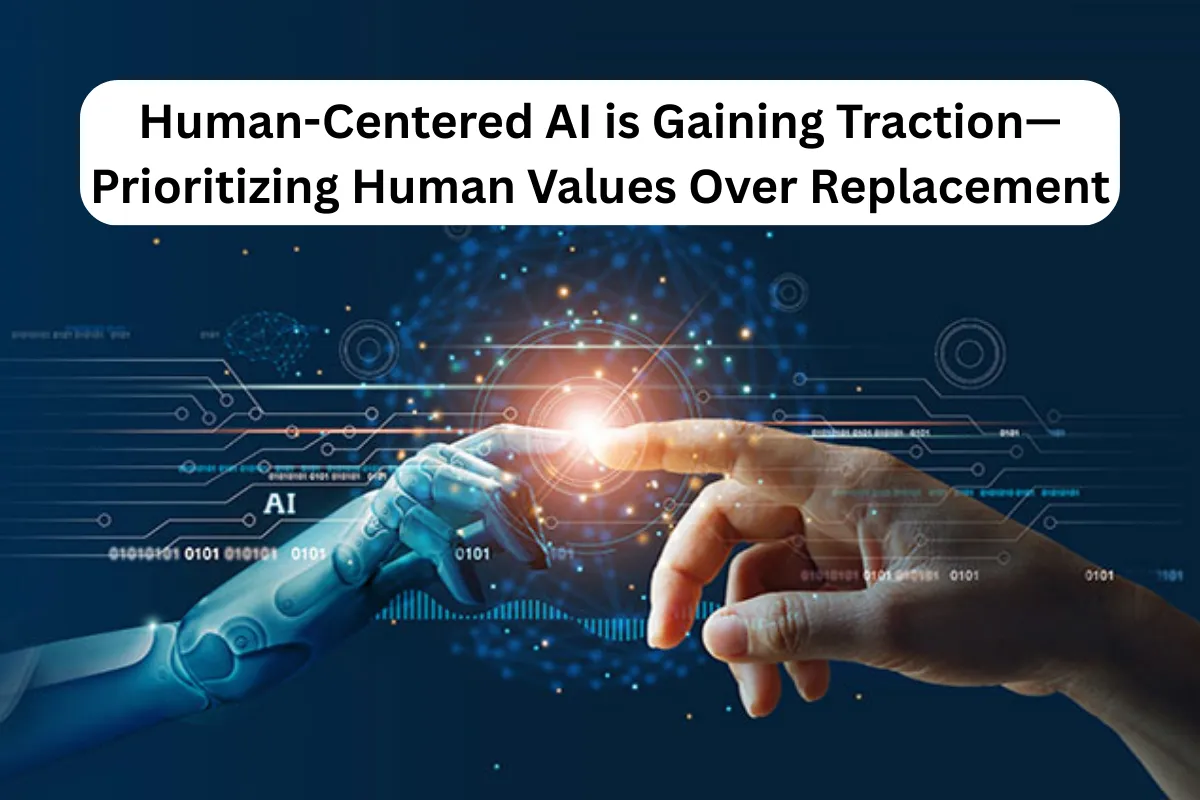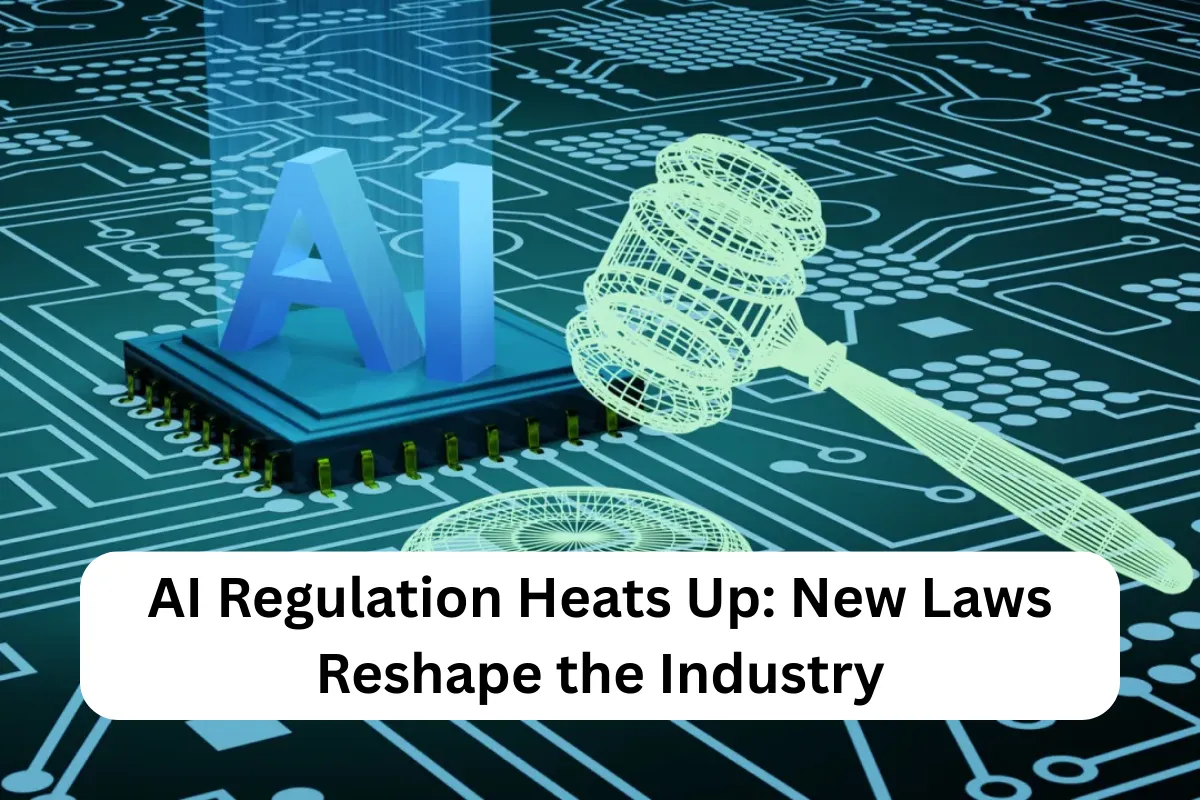Social media has always been about connection, creativity, and speed. But today, something new is shaping this digital landscape—Artificial Intelligence (AI). From generating captions and posts to creating videos and images, AI is transforming how brands and individuals use social platforms. The rise of AI-generated content is more than just a trend—it’s the next step in the evolution of social media.
How AI is Changing Content Creation
AI tools like ChatGPT, Jasper, and Canva’s AI features are making content creation faster and easier. Need a catchy caption? AI can suggest one in seconds. Struggling with design? AI can create visuals tailored to your audience. This not only saves time but also allows creators to focus on strategy and storytelling instead of repetitive tasks.
Personalized Content at Scale
One of AI’s biggest strengths is personalization. Social media thrives on relevance—users engage more when content speaks directly to them. AI can analyze user data and behavior, then suggest or generate content that feels tailor-made. Brands now use AI to create personalized ad campaigns, targeted posts, and even individualized video messages.
AI and the Rise of Visual Content
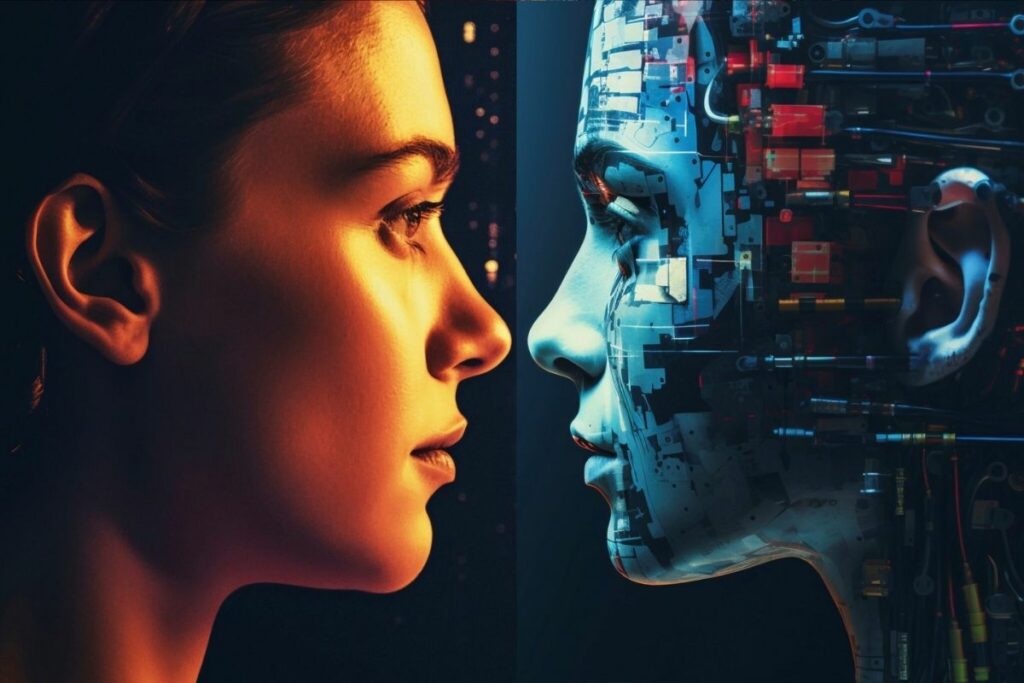
Social media is becoming more visual every day. From TikTok videos to Instagram Reels, visuals dominate. AI now helps generate images, edit videos, and even create entire avatars or influencers. Virtual personalities powered by AI are gaining followers just like human influencers, opening up a whole new world of digital marketing.
Benefits for Businesses and Creators
The benefits of AI-generated content are hard to ignore. It speeds up production, reducing hours of work into minutes. Brands can maintain consistency by posting regularly without burning out their teams. AI-driven personalization boosts engagement, helping content connect better with audiences. For smaller businesses and independent creators, AI is also cost-effective, delivering big results without the need for massive budgets.
Challenges and Concerns
Of course, AI-generated content also raises important questions. Will creativity be lost if machines generate too much content? How can we trust authenticity when AI can mimic human voices and faces? Platforms are already exploring solutions, such as labeling AI-generated media, to maintain transparency and build user trust.
The Future of AI in Social Media
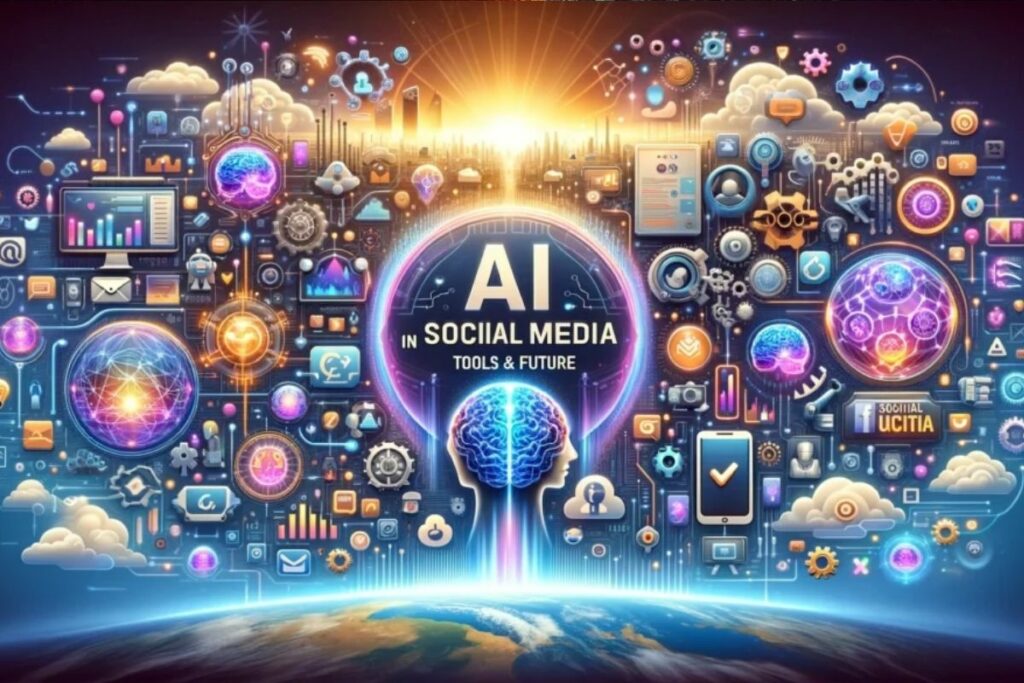
AI and social media will only become more connected in the years ahead. We can expect smarter algorithms, virtual influencers, and hyper-personalized feeds that adapt instantly to user behavior. For businesses and creators, the challenge will be balance—leveraging AI for efficiency and personalization while keeping the human touch that audiences value most.
AI-generated content is transforming the way we create, share, and engage on social media. From faster production to personalized experiences, AI is helping businesses and individuals stay ahead in the digital age. The evolution is already here, and those who embrace it will lead the future of online engagement.
FAQs on AI-Generated Content & Social Media Evolution
1. How does AI generate content for social media?
AI uses algorithms to analyze data, trends, and user behavior, then creates text, images, or videos designed to engage audiences.
2. Can AI-generated content replace human creativity?
Not entirely. While AI handles repetitive and data-driven tasks, human creativity and storytelling remain vital for authentic engagement.
3. Are AI influencers real on social media?
Yes. AI-generated virtual influencers exist and have large followings. Brands use them for marketing campaigns, product promotion, and digital storytelling.
4. What are the risks of AI in social media?
Concerns include misinformation, loss of authenticity, and over-reliance on automation. Transparency and ethical use are critical.
5. Should businesses start using AI for their social media strategy?
Absolutely. AI helps create faster, more personalized content, improves engagement, and saves resources—making it a smart investment.
